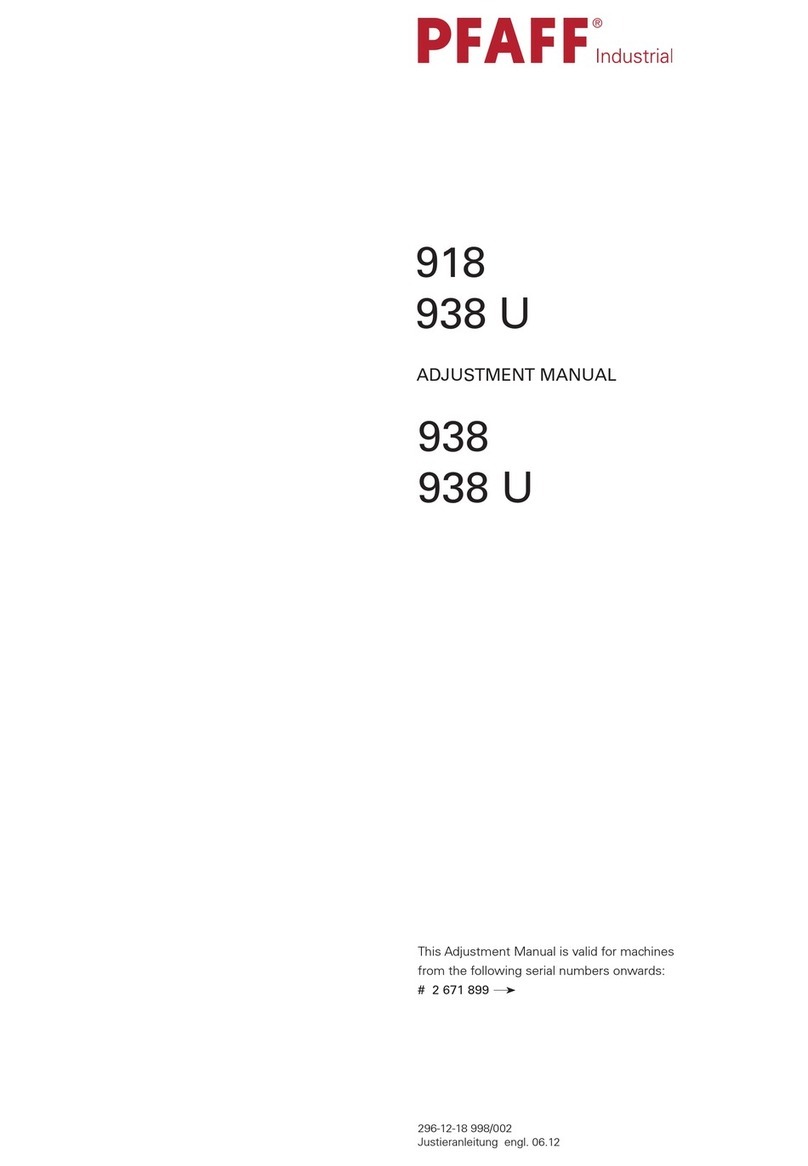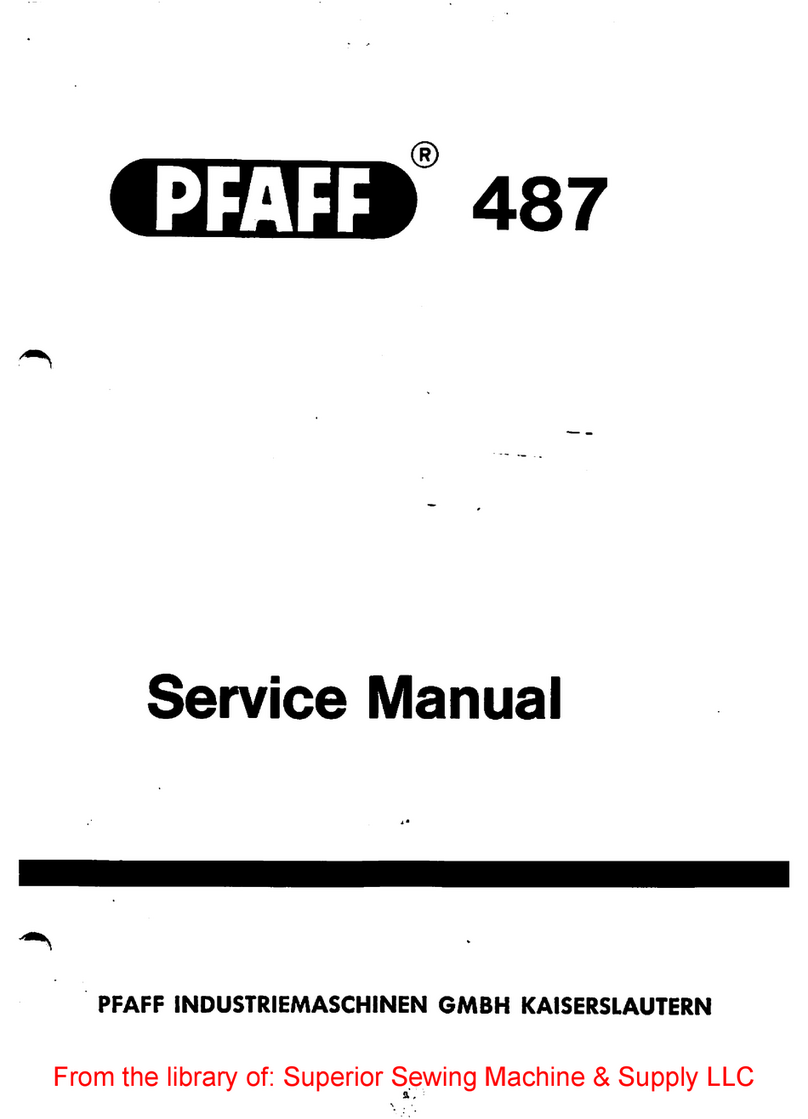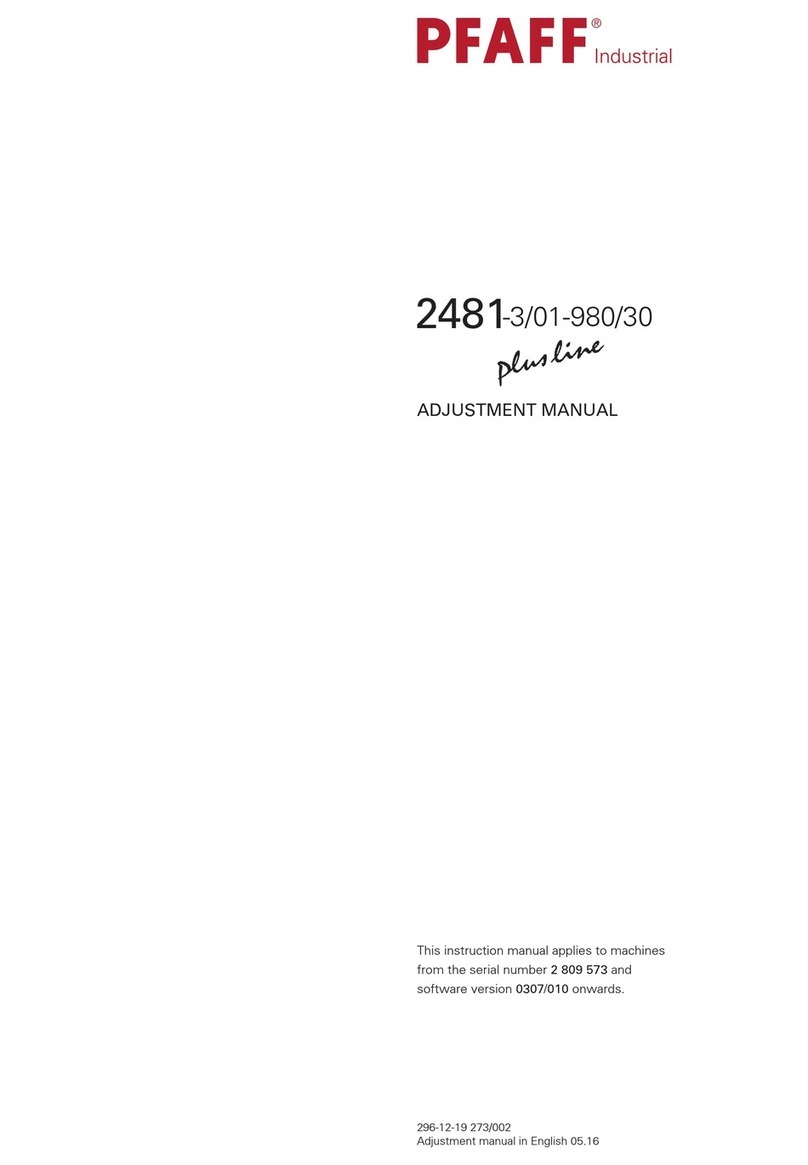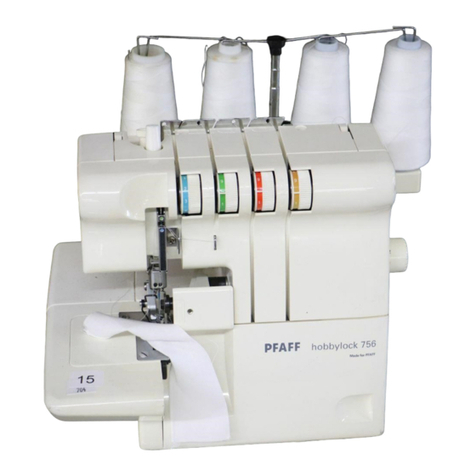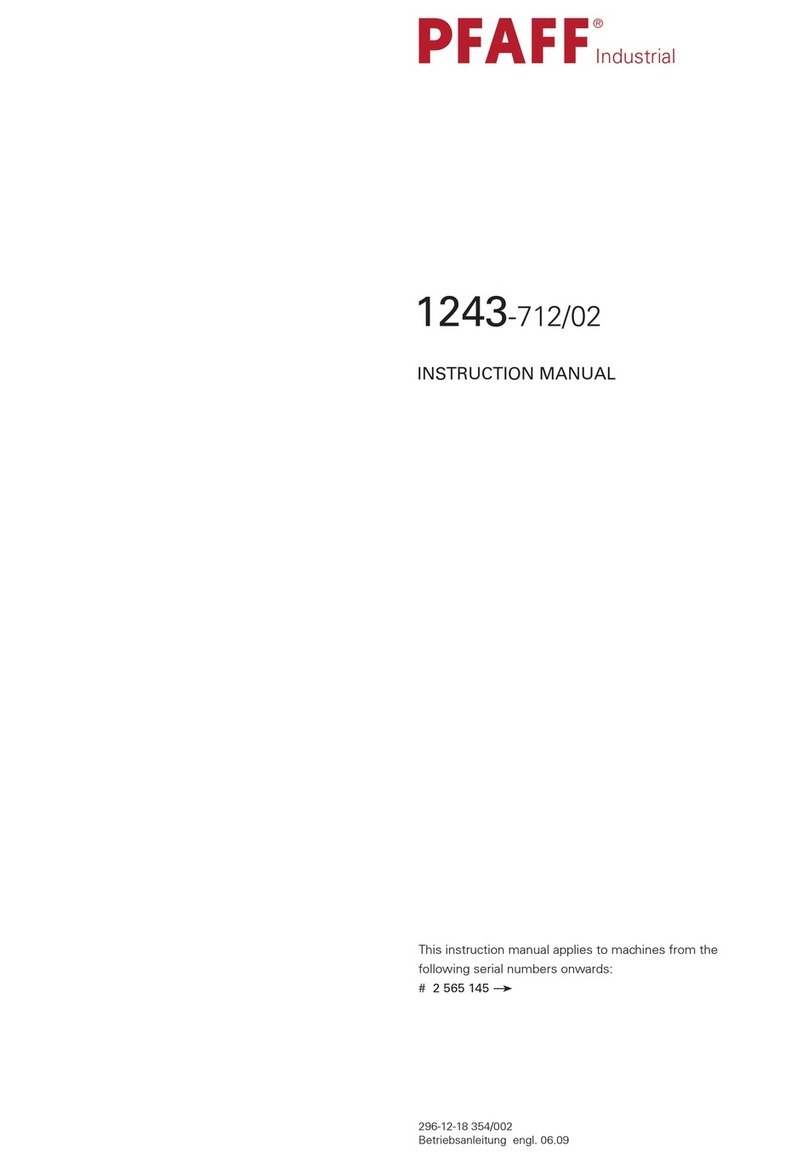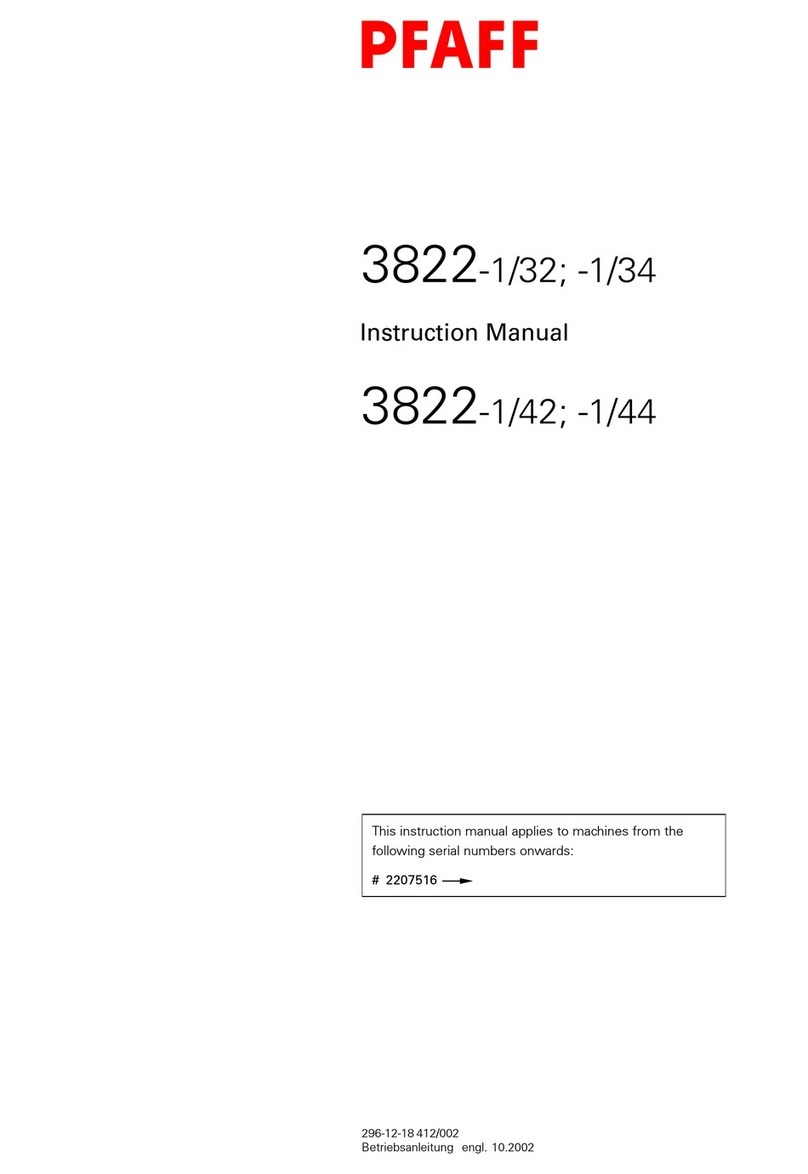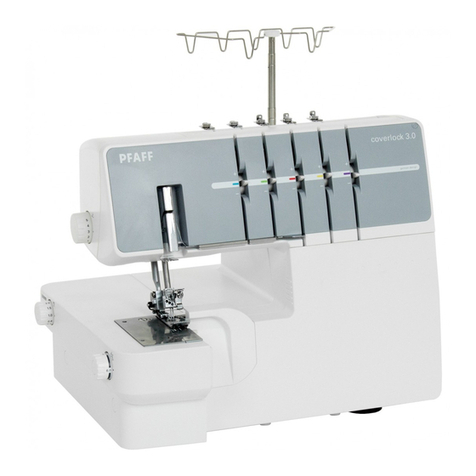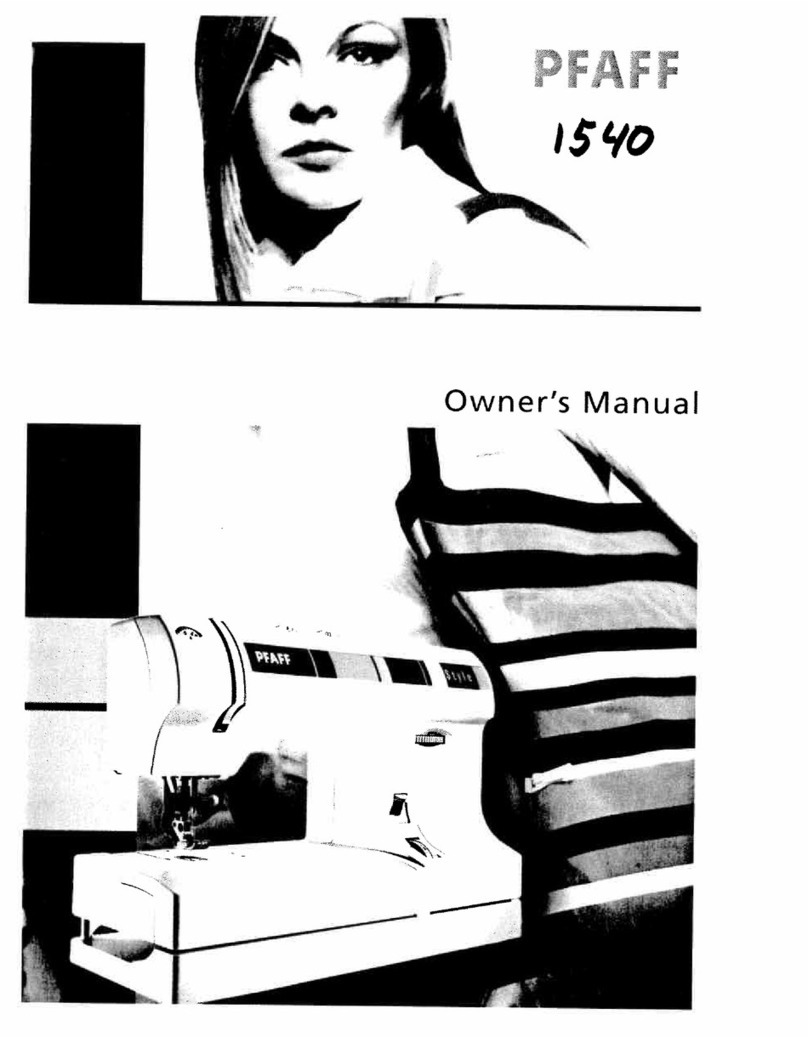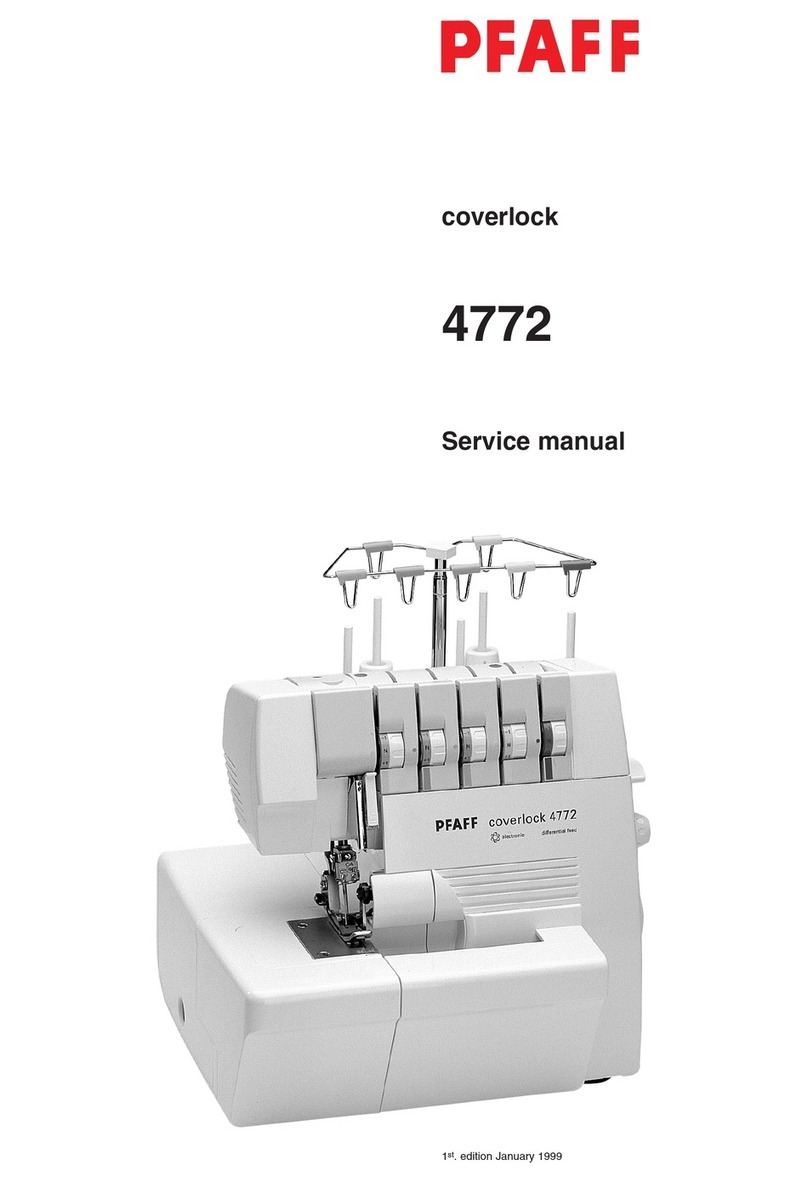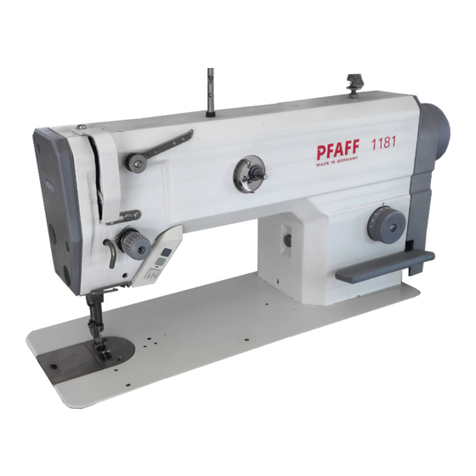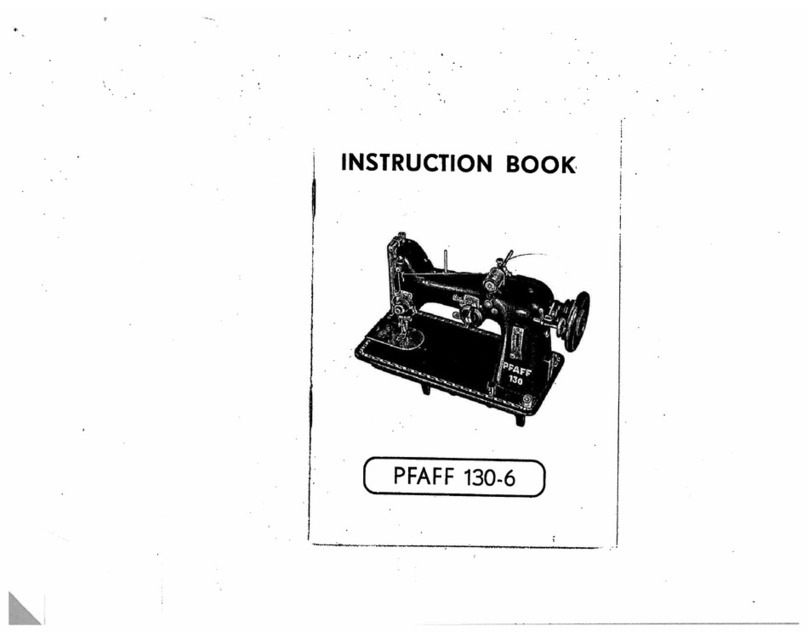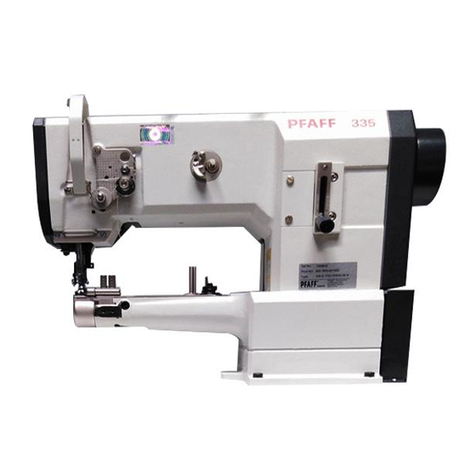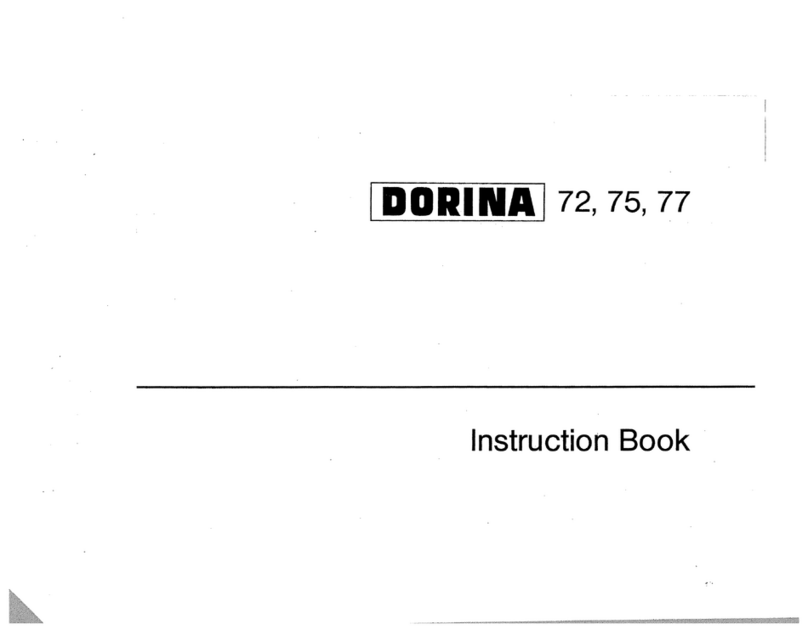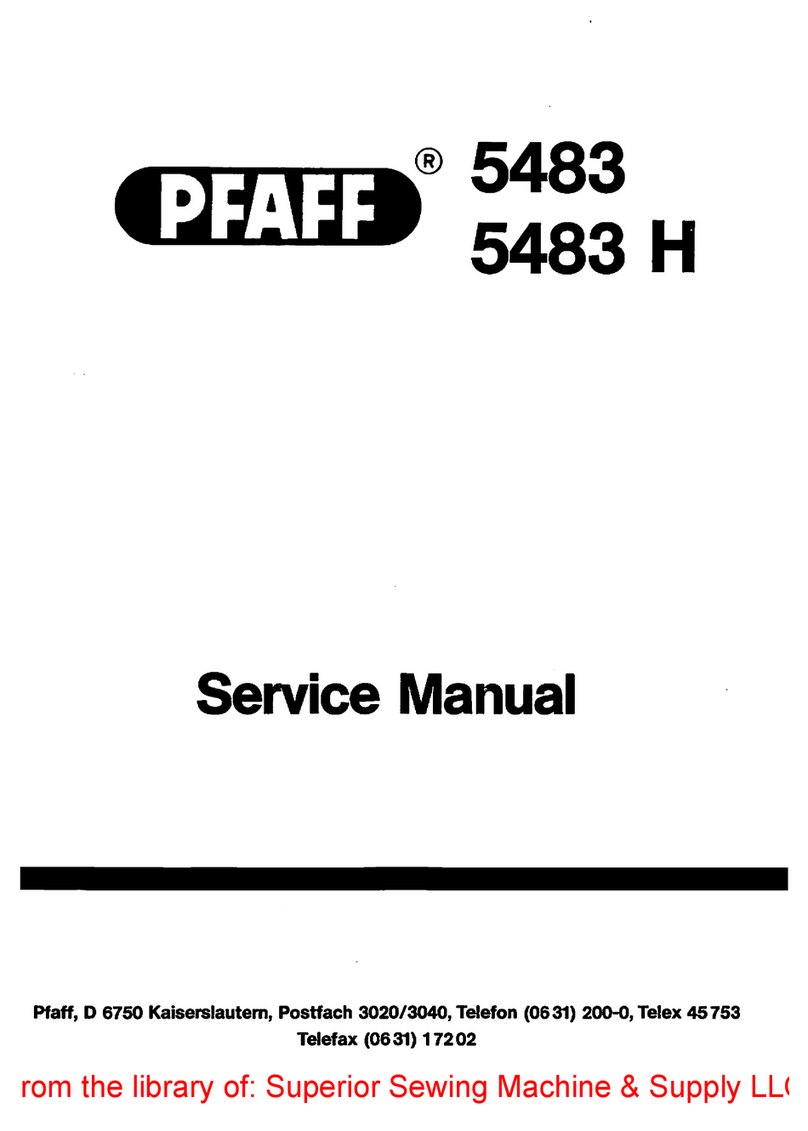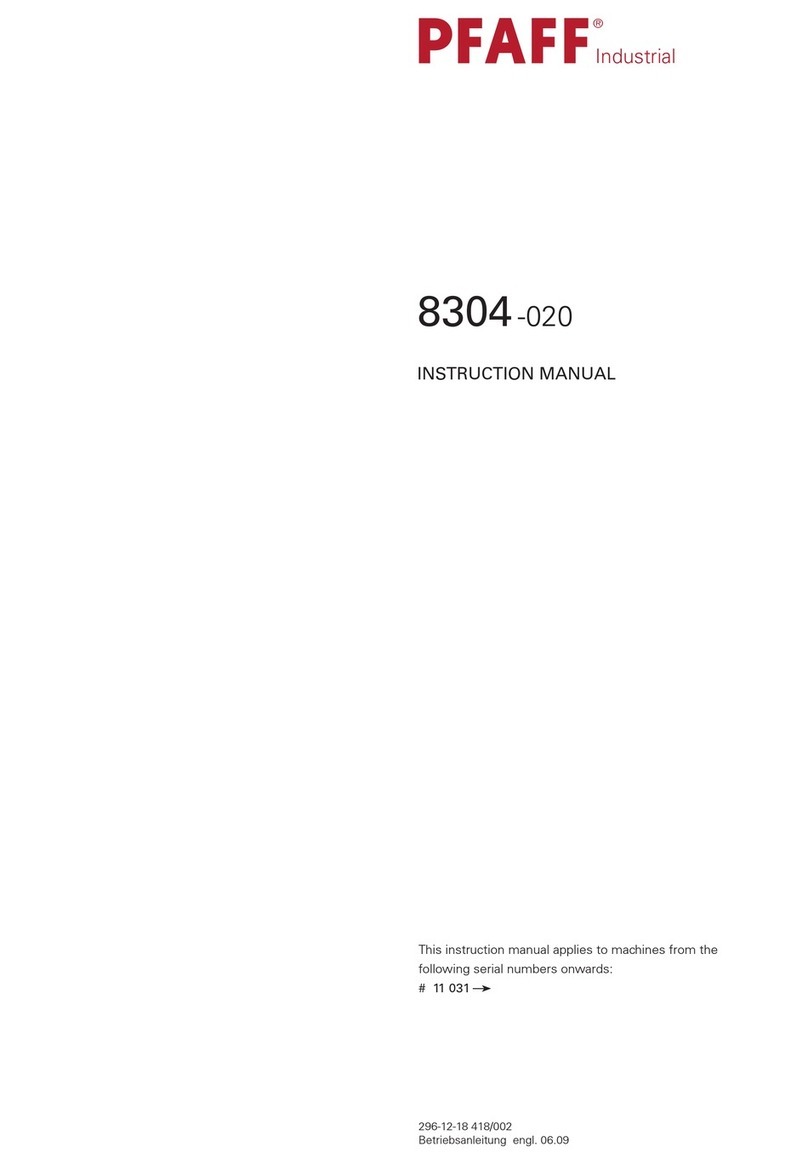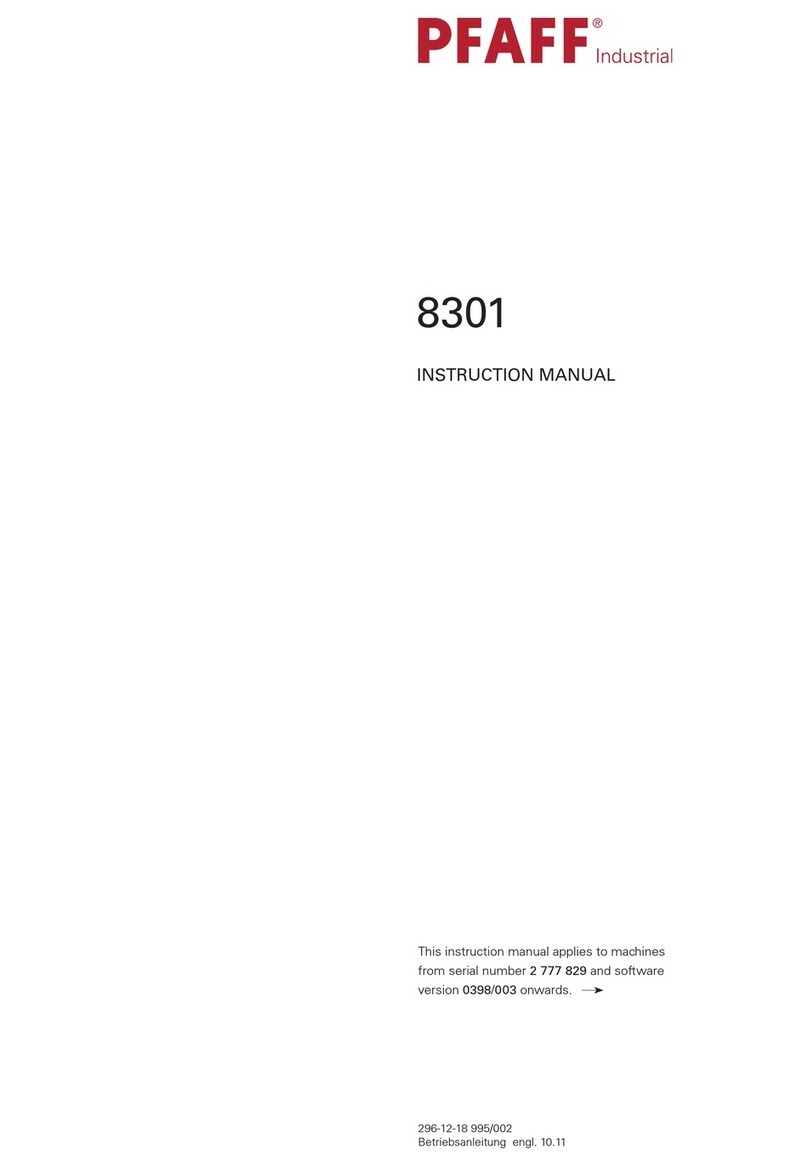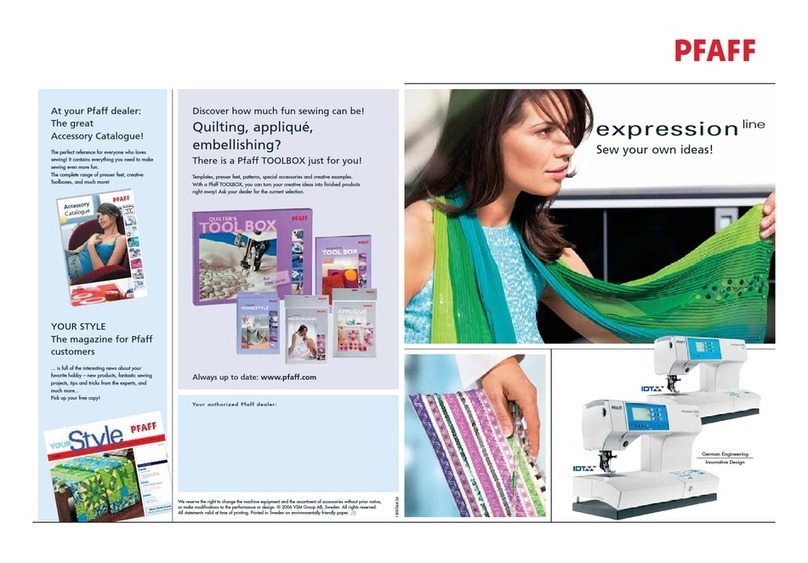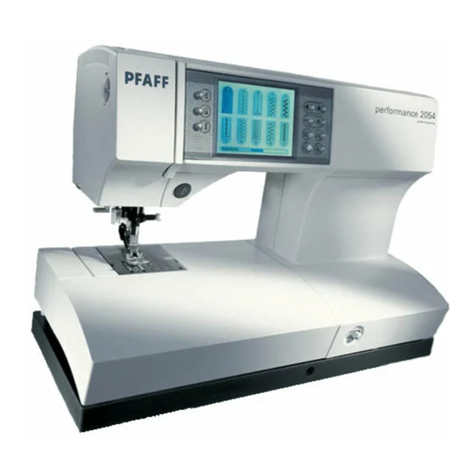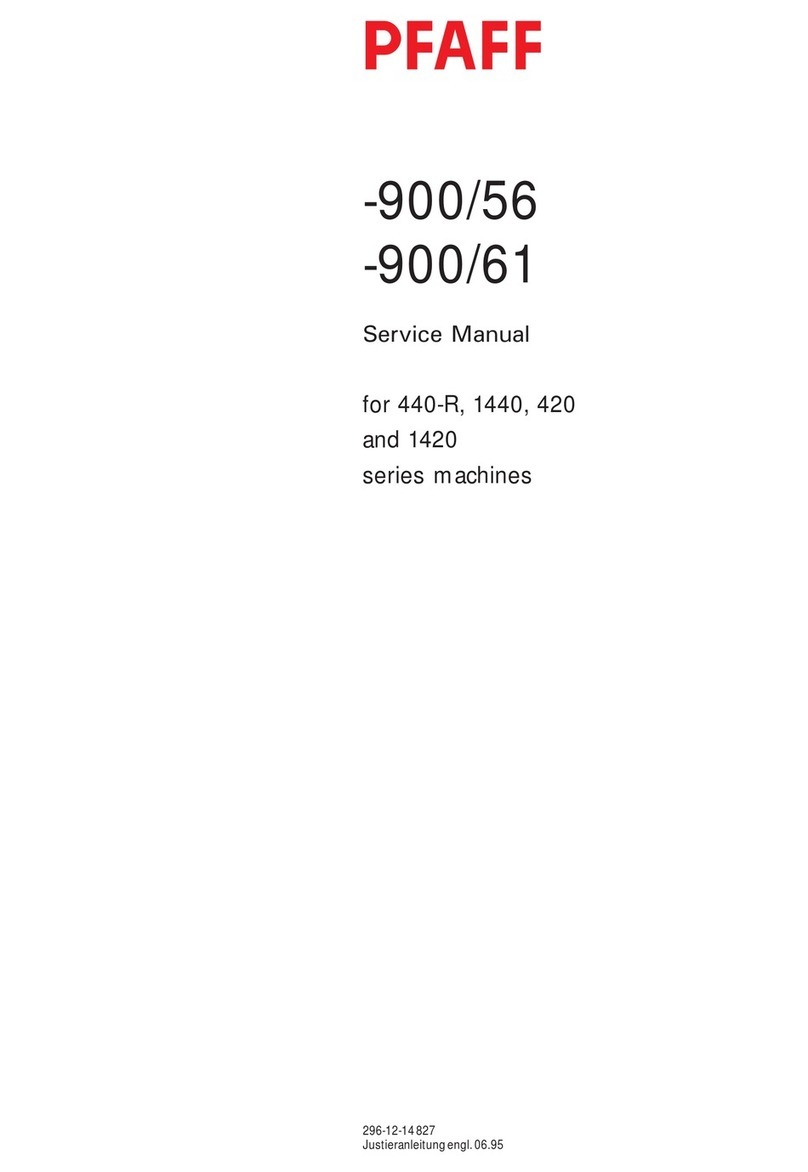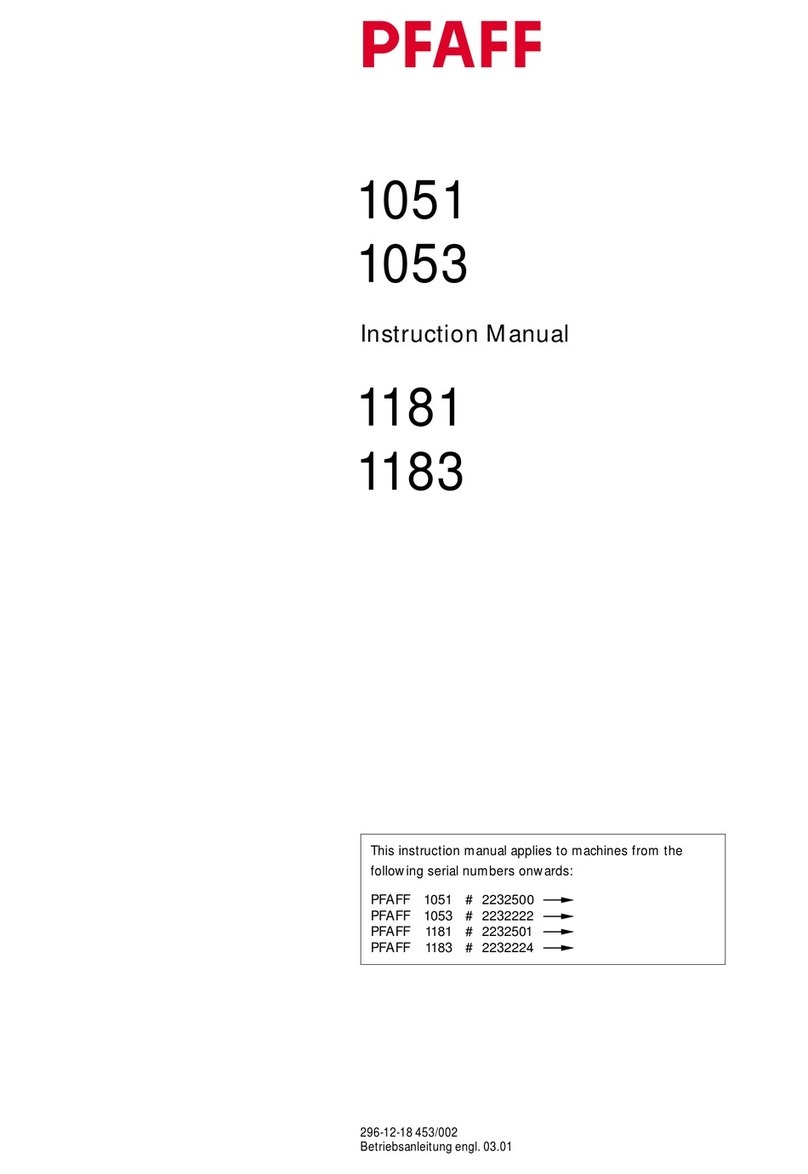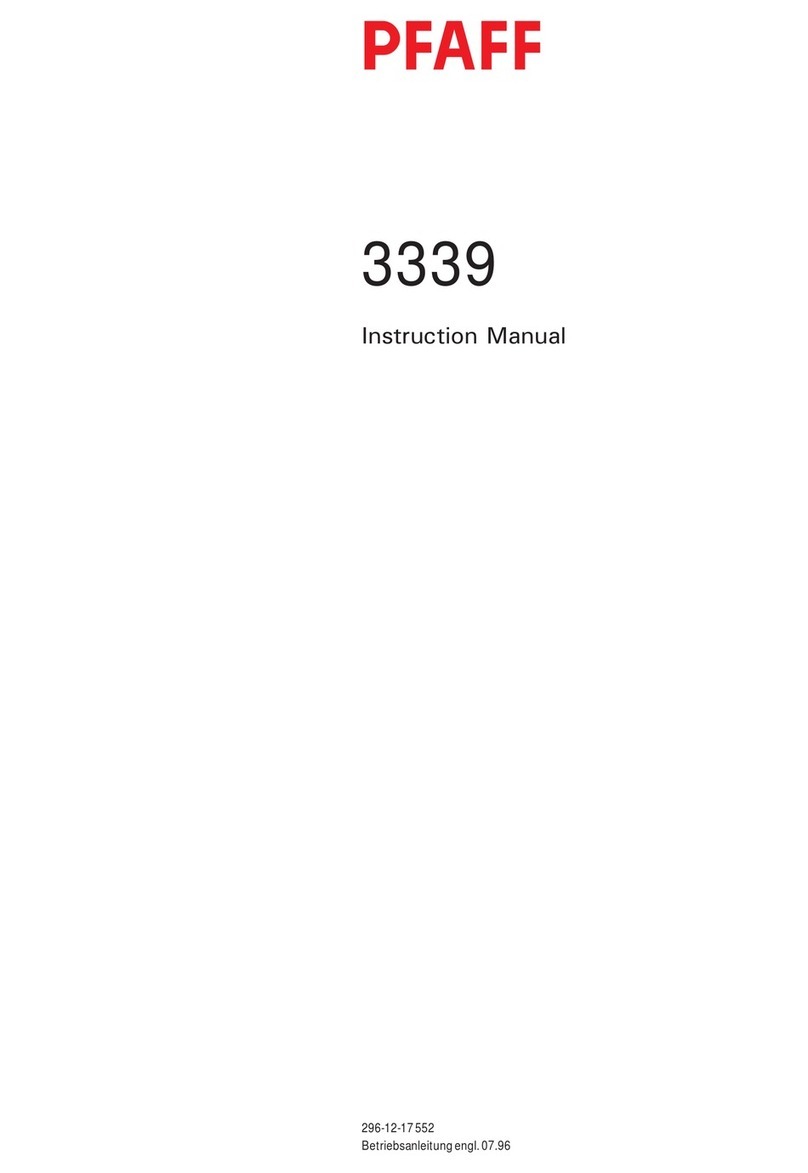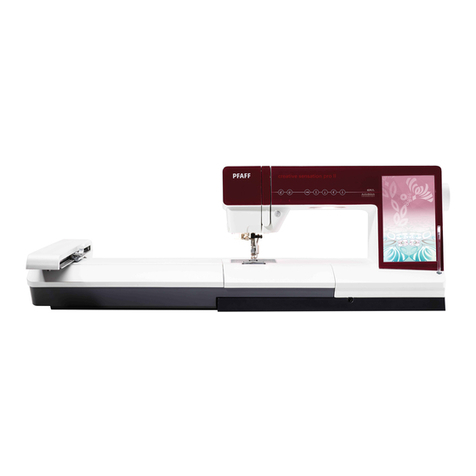Contents
Contents ...............................................................................Chapter - Page
1Safety......................................................................................................................... 1- 1
1.01 General notes on safety............................................................................................. 1-1
1.02 Safety symbols .......................................................................................................... 1 - 2
1.03 Danger warnings........................................................................................................ 1 - 2
2Adjustments .............................................................................................................. 2- 1
2.01 Notes on adjustment ................................................................................................. 2 - 1
2.02 Tools, gauges and other equipment........................................................................... 2 - 1
2.03 Abbreviations ............................................................................................................. 2 - 1
2.04 Explanation of symbols .............................................................................................. 2 - 1
2.05 Checking and adjusting aid ........................................................................................ 2 - 2
2.06 Preliminary adjustment of needle height ................................................................... 2 - 3
2.07 Needle in needle-hole centre ..................................................................................... 2 - 4
2.08 Neutral position of drop feed ..................................................................................... 2 - 5
2.09 Actuating lever under the reverse-feed control.......................................................... 2 - 7
2.10 Feeding motion of drop feed ..................................................................................... 2 - 8
2.11 Lifting motion of drop feed ........................................................................................ 2 - 9
2.12 Height of drop feed dog............................................................................................. 2 -10
2.13 Clearance between presser foot and needle plate..................................................... 2 - 11
2.14 Top feed actuating link............................................................................................... 2 -12
2.15 Neutral position of vibrating presser .......................................................................... 2 - 13
2.16 Vibrating presser clearance........................................................................................ 2 - 15
2.17 Lifting motion of vibrating presser ............................................................................. 2 - 16
2.18 Top feed lifting motion............................................................................................... 2 - 17
2.19 Position of lifting presser ........................................................................................... 2 - 18
2.20 Synchronizing the top feed ........................................................................................ 2 - 19
2.21 Stitch length alignment .............................................................................................. 2 -20
2.22 Eccentric hook shaft bearing...................................................................................... 2 -21
2.23 Final adjustment of needle rise, needle height, and bobbin case position finger ....... 2 - 22
2.24 Bobbin case opener height ........................................................................................ 2 - 23
2.25 Position of bobbin case opener.................................................................................. 2 - 24
2.26 Bobbin case opener motion ....................................................................................... 2 -25
2.27 Needle thread tension release ................................................................................... 2 -26
2.28 Thread check spring and thread regulator.................................................................. 2 -27
2.29 Bobbin winder............................................................................................................ 2 - 28
2.30 Knee lever resting position ........................................................................................ 2 - 29
2.31 Knee lever play........................................................................................................... 2 -30
2.32 Knee lever stroke limitation ....................................................................................... 2 - 31
2.33 Position of vibrating presser in relation to lifting presser ........................................... 2 - 32
2.34 Pressure of the vibrating- and lifting pressers............................................................ 2 -33
2.35 Stitch length limitation ............................................................................................... 2 - 34
